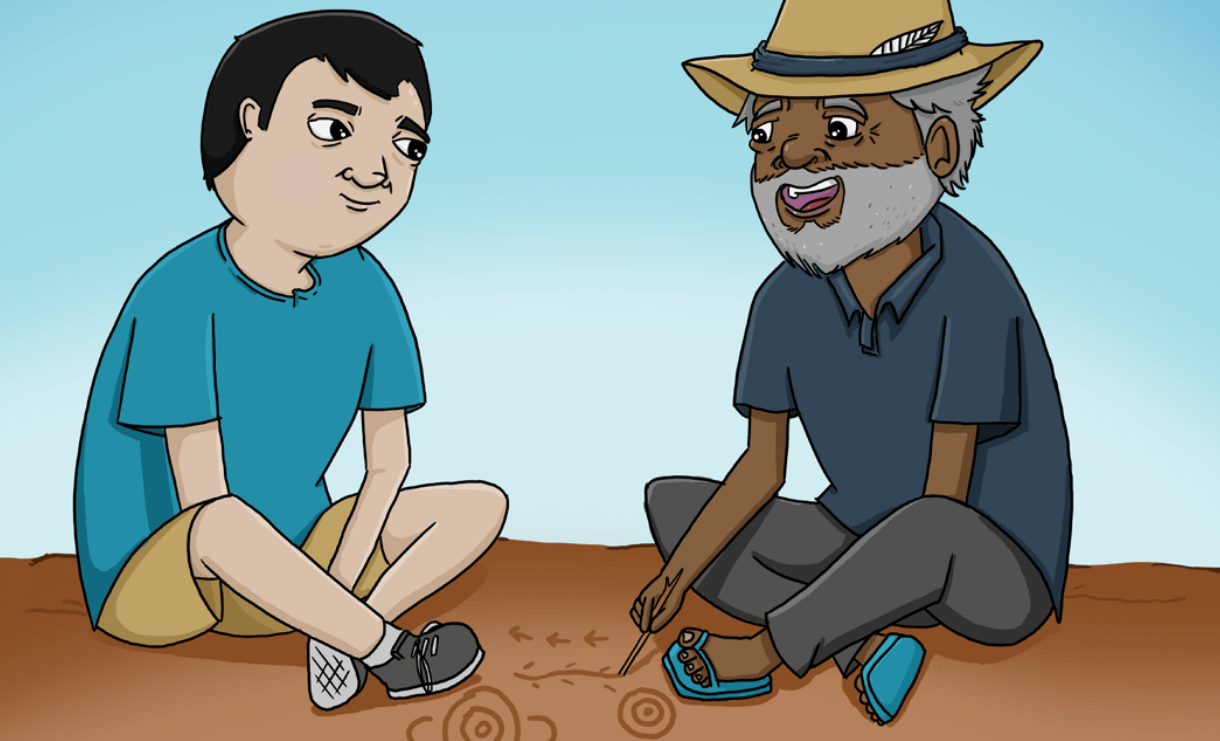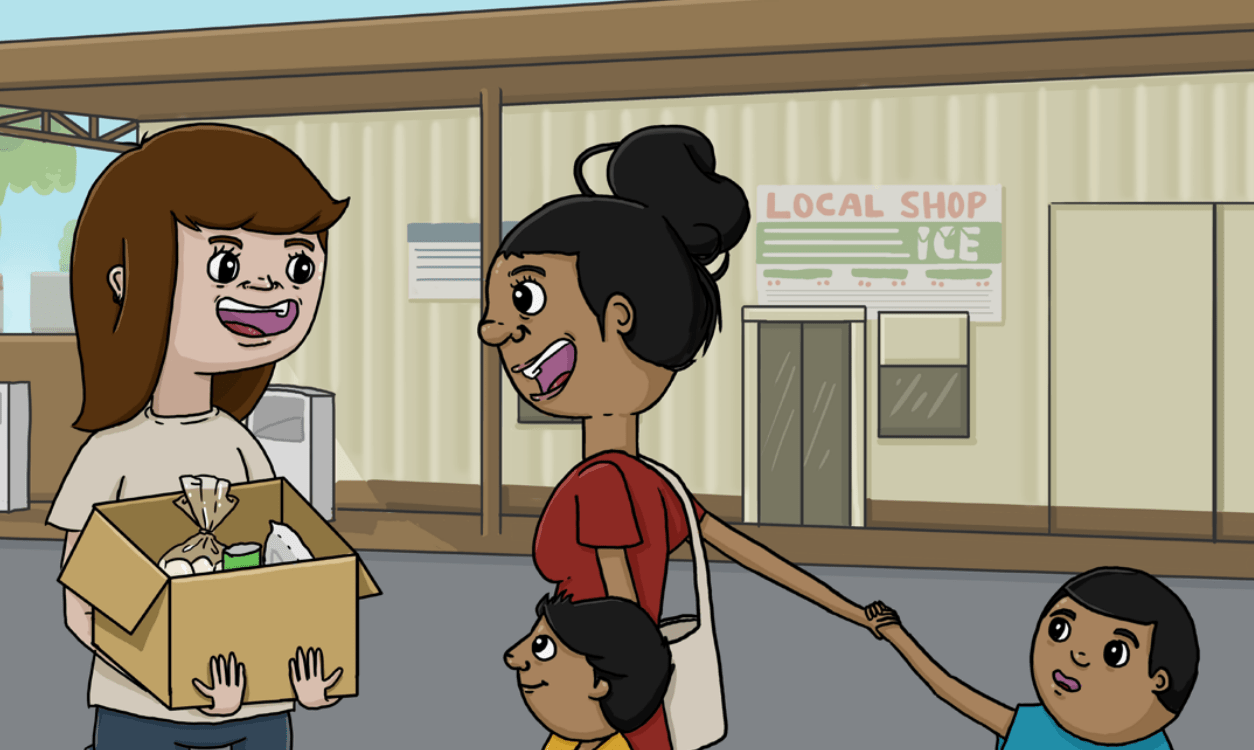AIEOs and ATAs help teachers deliver education programs and liaise between the school, families and caregivers, and community. They support Aboriginal students with their schoolwork – which may include help with reading or explaining activities – and social engagement by navigating conflict, whether in the classroom, playground, or out in the community. While a vital part of both the learning and wider community, AIEOs and ATAs are often significantly under-utilised.
Aboriginal and Islander Education Officers/Aboriginal Teaching Assistants (4.3 MB, PDF)
“AIEOS, when they have something to say, they aren't heard.”
These staff members play an important role in monitoring attendance, helping children regulate their emotions and providing cultural support. They also help educators learn about their students and communities through inductions and cultural education activities.
“You’re not just learning about the child and connecting with the child – you're connecting with the child and the whole community,” an AIEO from Roebourne says.
Historical factors including colonisation and forced institutionalisation have created mistrust and perceptions of schools as hubs of assimilation. For more information about this you can refer to the Bringing Them Home report. AIEOs and ATAs can help change these perceptions by doing home visits with educators to build trusting relationships with families and caregivers. Whereas educators are often transient, AIEOs and ATAs are a constant in children and their families’ lives. They are the natural helpers of their communities.
AIEOs and ATAs are deeply connected to the community, history and cultural practice, and bring their skills and wisdom into the learning community. For example, an ATA at Beagle Bay Sacred Heart School spoke about ‘Cultural Fridays’, during which they would teach children skills such as language, hunting and fishing. At Roebourne District High School, an AIEO spoke of leading cultural cooking lessons, teaching about Aboriginal governance of the Land and writing in the local Aboriginal language.
“We used to go out bush, taking kids on Country all the time. I remember that was really exciting times for me because we used to go out and teach the teachers, and the kids as well. And you could see the interactions between the kids and the teachers. Kids would start talking, sharing what they know.”
As mentors and role models, AIEOs and ATAs can help Aboriginal children and young people feel seen, valued and heard. They can also provide valuable insight into a child or young person’s behaviour, their feelings, or even their absence from school, based on an understanding of the student’s background or experience.
If a child isn’t feeling OK at school or displays disruptive behaviour, you may visit the child’s home with the AIEO or ATA. This is common practice for remote community schools. The presence of the AIEO or ATA at your home visits can help families feel comfortable speaking about what is happening at home that might be affecting the child at school.
Include AIEOs or ATAs in lesson planning sessions, work development programs, individual learning pathways and class management strategies. Taking the time to build a strong two-way relationship will ensure these staff members are as valued in the classroom as they are in the community. It will also help you strengthen relationships with caregivers and families.
“AIEOS, when they have something to say, they aren't heard.”
“They are recognised by the Aboriginal community but not so much the wider. Sometimes I think they go unnoticed because they are still working when school is finished. I take my hat off to them. They are under pressure from the kids at school and families when they go home.”


